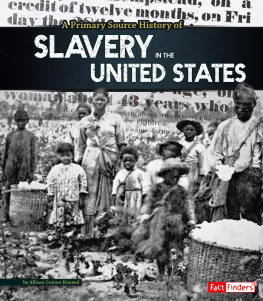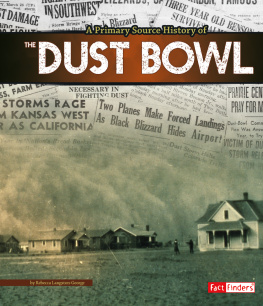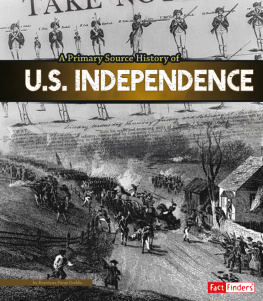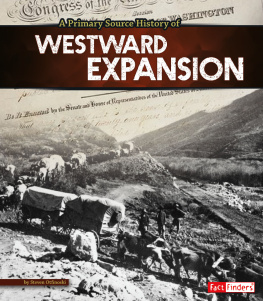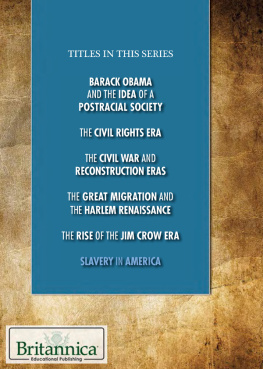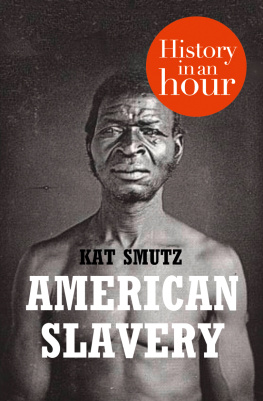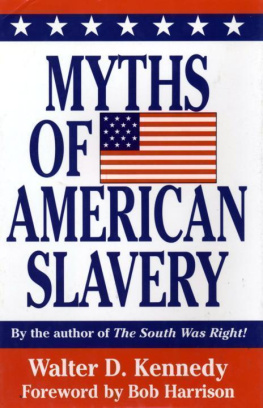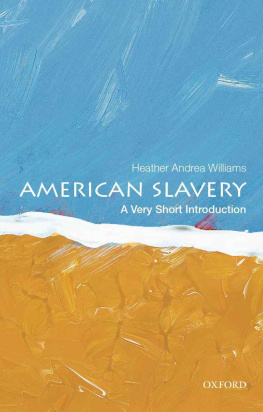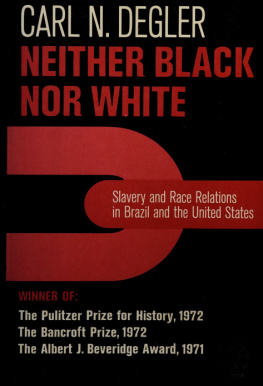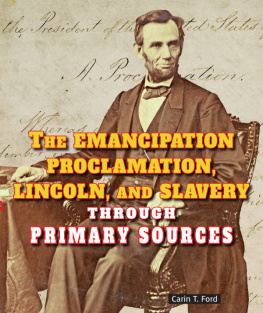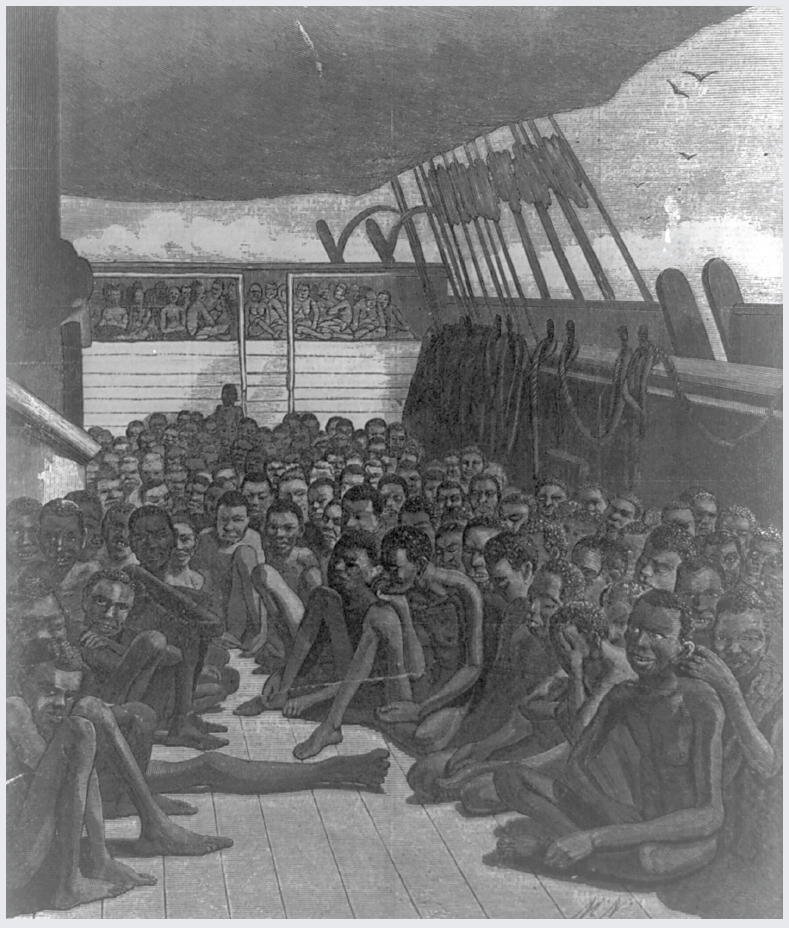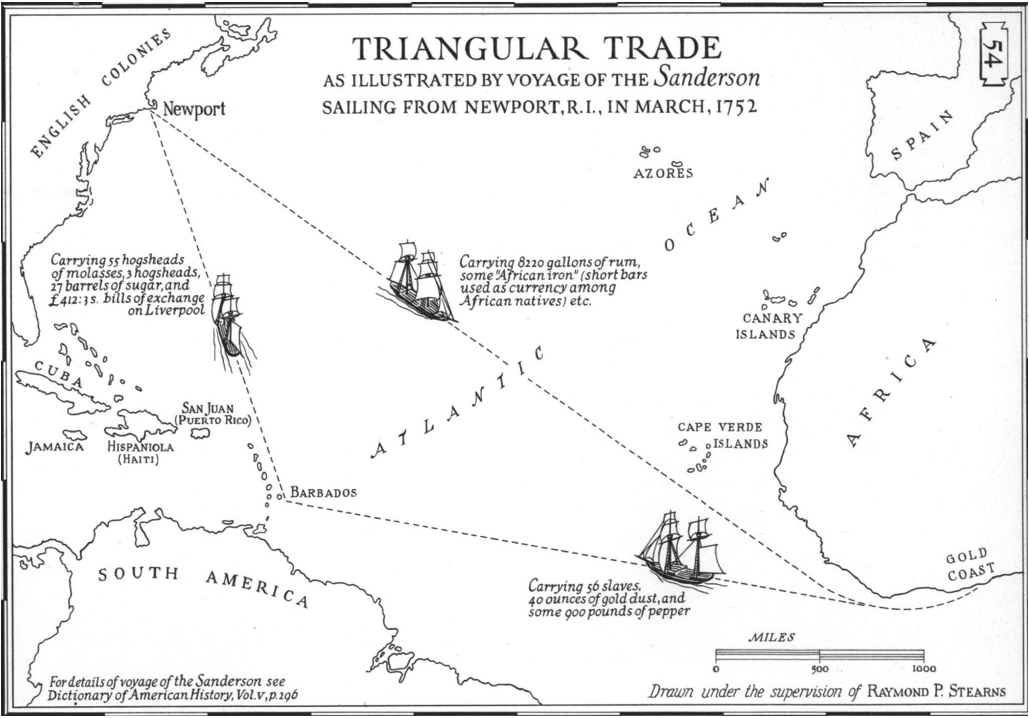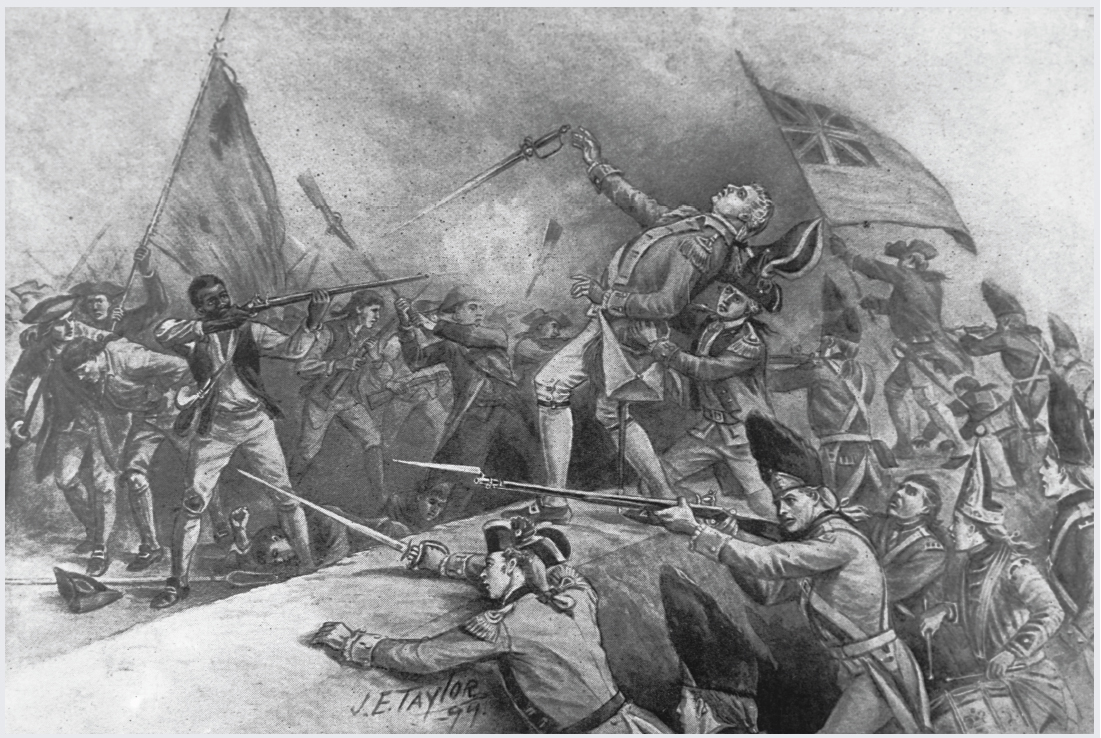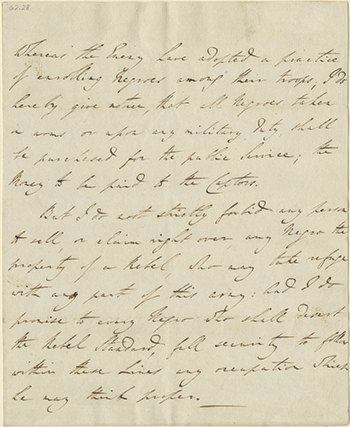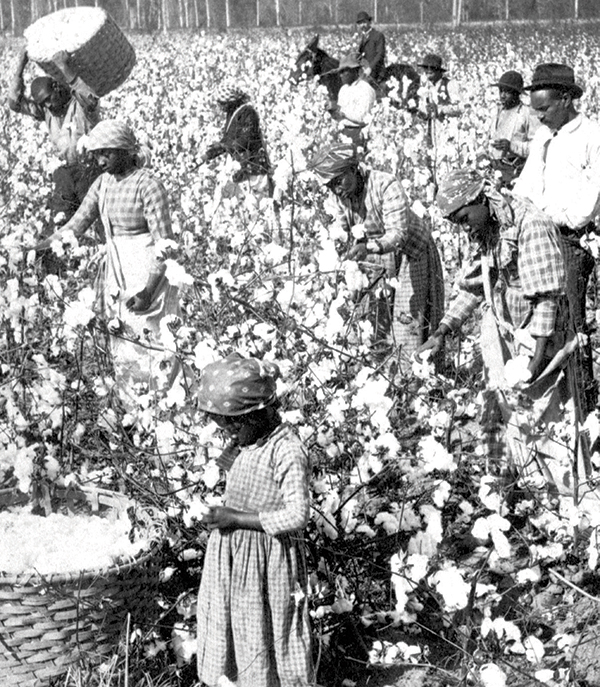SELECTED BIBLIOGRAPHY
- Adams, Nehemiah. A South-Side View of Slavery. Online by The Johns Hopkins University Sheridan Libraries. https://archive.org/details/southsideviewofsl00adam
- A Letter from President Lincoln.; Reply to Horace Greeley. Slavery and the Union The Restoration of the Union the Paramount Object. August 22, 1862. Online by The New York Times. http://www.nytimes.com/1862/08/24/news/letter-president-lincoln-reply-horace-greeley-slavery-union-restoration-union.html
- Douglass, Frederick. Narrative of the Life of Frederick Douglass: An American Slave. Online by Project Gutenberg. http://www.gutenberg.org/files/23/23-h/23-h.htm
- Garrison, William Lloyd. American Slavery: Address on the Subject of American Slavery, and the Progress of the Cause of Freedom Throughout the World. September 2, 1846. Online by the Samuel J. May Anti-Slavery Collection at Cornell University. http://ebooks.library.cornell.edu/cgi/t/text/pageviewer-idx?c=mayantislavery;cc=mayantislavery;rgn=full%20text;idno=10841913;didno=10841913;view=image;seq=1;node=10841913%3A1
- Livermore, Arthur. Address to House of Representatives. Annals of Congress, House of Representatives, 15th Congress, 2nd Session. Pages 1191 & 1192 of 1216. Online by American Memory at the Library of Congress. http://memory.loc.gov/cgibin/ampage?collId=llac&fileName=033/llac033.db&recNum=593
- Stout, G.L., and David Braham. Emancipation Day: Song and Chorus. New York: Wm. A. Pond & Co, 1876. Online by Brown University Library Center for Digital Scholarship. http://library.brown.edu/cds/catalog/catalog.php?verb=render&id=1073506640187500&colid=3
- Wilson, Ella. Interview with Wilson, Ella. WPA Slave Narrative Project, Arkansas Narratives, Volume 2, Part 7. Online by the Federal Writers Project, United States Works Projects Administration; Manuscript Division, Library of Congress. http://memory.loc.gov/cgi-bin/query/S?ammem/mesnbib:@field(AUTHOR+@od1(Wilson,+Ella))
The author dedicates this book to her brother Andrew, a fellow history buff.
COLONIAL SLAVE TRADE
... the slaves in the night were often heard making a howling ... kind of noise, something expressive of extreme . I found that it was occasioned by finding themselves in a slave room, after dreaming that they had been ... amongst friends ...
Thomas Trotter, a surgeon on a slave ship
Riding below deck, in the waves of the Atlantic, Africans experienced the nightmare that was a slave ship. The people on board had been kidnapped from their homes in Africa. They were chained together and forced into the dark underbelly of a ship. As many as 700 people rode below deck, not knowing where they were being taken. The air smelled of waste and vomit. Many cried out in fear.
This illustration appeared in Harpers Weekly magazine on June 2, 1860. It depicts Africans on the slave ship Wildfire.
African people who were forced onto slave ships in the 1600s faced unthinkable conditions. But it was nothing compared to the life of slavery that awaited the prisoners in America. Slavery in America was a booming business for more than 200 years. When the ships docked, auctioneers sold the prisoners as slaves to the highest bidder. Many people felt slaves were necessary to build the economy. But many other people came to believe that slavery was wrong and should be stopped.
TRIANGULAR TRADE
Slavery had existed in Europe long before colonists settled in America. Europeans thought Africans lived uncivilized lives. And many believed black people were only good for labor.
As the British established colonies in North America, they needed laborers to develop the rough land. So they began bringing black people as slaves to America. When the slave ship Desire left from Massachusetts in 1636, the slave trade had begun.
the route of the Sanderson, a slave ship that sailed in 1752
Not all white colonists believed in slavery. A religious group called the Quakers passed the first antislavery resolution in 1688. It was the first American document that argued everyone should be equal.
The slave trade in America became a profitable business. The African Trade is a Trade of the [most] Advantage to this Kingdom of any we drive, and as it were all Profit ... claimed British merchant John Cary in 1745. Over time a system of enslaved people developed. Ships sailed from America to Africa with products such as rum. In Africa ship captains traded goods for men and women who had been kidnapped or captured during war. The ships would then sail to the Caribbean and South America. There they traded some of the slaves for molasses. Finally, the ships brought molasses and the rest of the slaves back to North America.
SLAVERY IN A NEW NATION
For more than 100 years, the slave trade in America grew. The fertile land of the South needed many hands to tend its crops. By 1790 about 600,000 black people lived as slaves in the South. A few Northern white colonists began to speak out against slavery. But their concern was overshadowed by another issue.
The Revolutionary War (17751783) changed the colonies forever. American colonists, angry with British rule, fought for their independence. Some slaves joined the colonists in the fight, hoping they would be given freedom. At the Battle of Bunker Hill in June 1775, enslaved black soldier Salem Poor fought bravely. Fourteen officers signed a petition saying he ... behaved liked an experienced officer, as well as an excellent soldier ... In the person of this said negro, centers a brave and gallant soldier.
Peter Salem, far left, was another slave who fought for the colonies during the Revolutionary War. Salem was given his freedom in exchange for joining the Continental army.
The British hoped to weaken the Americans fight, so they promised freedom to slaves who joined their side. British commander in chief Sir Henry Clinton wrote the Philipsburg Proclamation. In it he said, ... I do promise to every Negroe who shall desert the Rebel Standard, full security ... Many slaves joined the British.
Clintons 1779 Philipsburg Proclamation
A CONSTITUTIONAL COMPROMISE
By 1783 the Americans had won the war and were free of Britains rule. Victory did not, however, mean freedom for everyone in the newly formed United States.
Many Northern citizens objected to slavery and wanted it these unhappy people. But many, especially in the South, depended on slavery. Connecticut lawmaker Oliver Ellsworth felt the new Constitution should not address slavery. Let us not intermeddle. As population increases; poor laborers will be so plenty as to render slaves useless.

